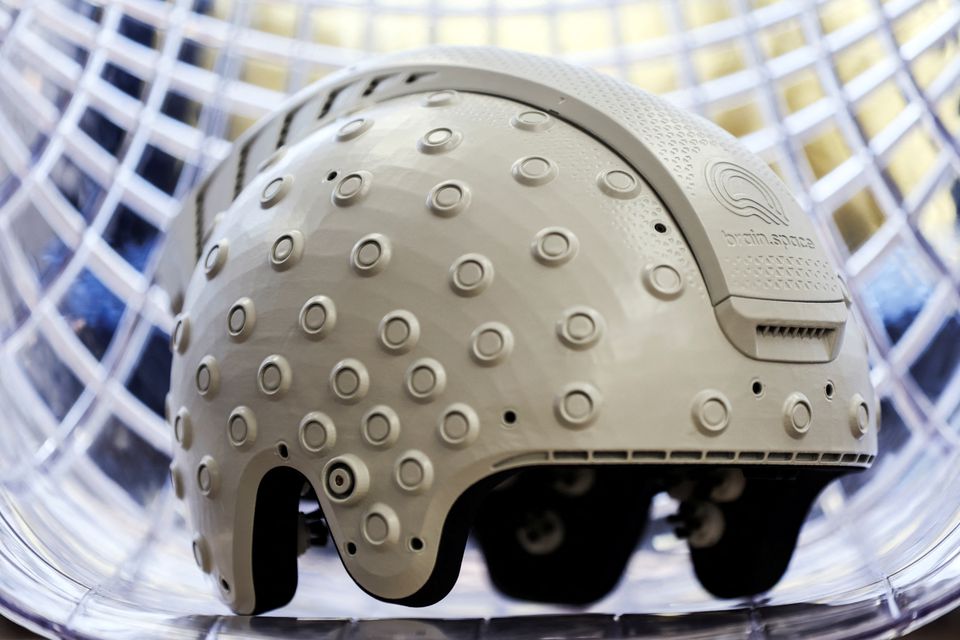The Ax-1 mission, made up of private astronauts, is not on holiday, they will be conducting around 25 different scientific experiments in space, including a mind-reading helmet.
The spacecraft, named Endeavour, arrived at the International Space Station (ISS) last Friday, carrying four private with astronaut: with astronauts Michael López-Alegría, Larry Connor, Mark Pathy and Eytan Stribble. The tourists have paid a hefty sum of around $55 million each to spend eight days on the ISS, where they will also take part in various scientific experiments.
Among other things, the members of the Ax-1 mission took a helmet with them on the trip that can interpret certain signals sent by the brain. The device, called brain.space, can detect which areas of the cerebral cortex are active, such as whether the user is concentrating or excited - from a TechCrunch. Although the technology itself is much less accurate than magnetic resonance imaging (MRI), it can provide information about the brain using a much smaller and cheaper device. The headset, which has been in development for four years, contains 460 sensors and is "fully automated", making it very easy to set up and operate, the manufacturer promises.
The Ax-1 mission could open the door to large-scale space travel, which more and more people believe will become a real industry in the coming years. One of the biggest players in this effort is undoubtedly the space company Axiom Space, which last week became the first to launch an all-private astronaut mission to the ISS.







![[148] HyperOS heti hibajelentés](https://helloxiaomi.hu/wp-content/uploads/2024/04/hyperosbugreport148-218x150.webp)


![[42. Hét] HyperOS globál ROM változások](https://helloxiaomi.hu/wp-content/uploads/2024/03/hyperoschangelogindex1080-218x150.webp)
![[40. Hét] HyperOS globál ROM változások](https://helloxiaomi.hu/wp-content/uploads/2024/03/hyperoschangelogindex-218x150.webp)















